LED bulbs drop in price by 20% every year according to the Lighting Industry Association, but it’s still price that’s preventing many businesses making the switch from halogen.
Once up and running, LED lights pay for themselves, and then some. They cut energy bills by up to 80% and last for 50,000 hours, slashing hefty maintenance charges. “Yet many businesses seem hesitant to invest because of the associated financial commitment,” says Darren Riva, head of sales in green finance at Siemens Financial Services.
In fact, 71% of independent retailers told The Grocer it was cost that remained the most significant factor preventing them from making the switch. However the financial landscape for LED is changing. Funders previously wary of the unfamiliar asset are now embracing LED and offering a range of financing options to make the switch more affordable.
“It’s been about waiting for businesses to have the appetite to do scale too,” explains Charles Ogilvie, director at Joule Funding. “Only in the last year have big retailers bitten the bullet on doing multimillion pound projects with five, 10, 20 sites at a time. You reach a tipping point, and I think we’re very much there, where it’s become extremely good value and extremely reliable, and that overcame a lot of funders’ problems.”
Profitable
So what are the options now available to the industry? Breaking down the upfront cost into monthly payment plans, often via hire purchase agreements, is the obvious starting point.
For larger companies, with sufficient capital project money set aside, the terms of these agreements may be less appealing, but for SMEs this option is fast becoming the optimal model - not least because of what Ogilvie calls ‘double bagging’: while funders are unlikely to “finance a lorry of Chinese LED light bulbs, they will finance reputable brands,” he explains. “So if the funder is prepared to finance a given brand or product, it’s making sure the customer gets a decent quality product, too.” Entering into a finance agreement therefore offers up added protection against sub-par LEDs, as well as spreading the cost.
“With the availability of affordable financing, the business case for moving to LED is compelling”
What’s more, a business can be in profit from the start as monthly payments are often either fixed at a sum calculated to be less than the energy savings made, or even pegged at this rate via an Energy Performance Contract (EPC). Available from energy providers such as EON and British Gas, and manufacturers such as GE, Philips and Siemens, EPCs ensure projects deliver the agreed rate of return, reducing the risks for customers.
The public sector has taken advantage of the scheme for a number of years already. Northern Lincolnshire and Goole NHS Trust, for example, made savings to its utility bills of £528,000 per annum thanks to an EPC agreement with British Gas that included installation of LED lighting throughout its estate. Those same savings are on offer for retailers.
Alternative variables
The availability of the Treasury-funded Enhanced Capital Allowance (ECA) via a hire purchase agreement, rather than a lease, makes this option even more of a “no brainer,” adds Ogilvie. ECAs offer a substantial tax break on the purchase of energy-saving technologies. If purchased from a reputable vendor, LEDs now qualify.
First-year allowances under the scheme allow business to offset 100% of the cost of the asset against their taxable profits in a single tax year. “In some cases a business can realise the full value of the bulbs in year one,” adds Ogilvie.
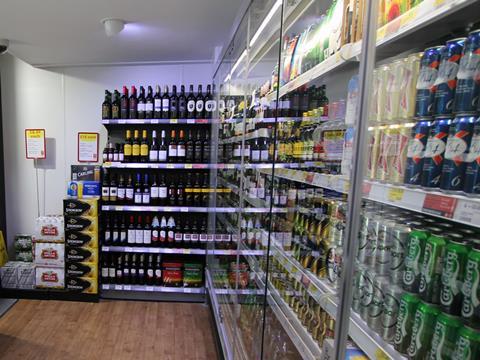
No excuses
Another option is the Energy Efficiency Financing scheme, a joint initiative by the not-for-profit Carbon Trust and Siemens Financial Services, which provides finance to businesses for the purchase of renewable energy equipment, including biomass heating, solar photovoltaics, energy-efficient motors and, of course, LED lighting.
It can be accessed where the expected savings in energy costs, or income from energy generation, offset the monthly equipment finance costs, thereby completely removing the need for initial capital outlay.
Prior to finance being approved, an independent energy savings/earnings assessment is conducted by the Carbon Trust to ensure these criteria are met. “This independent inspection gives customers assurance that the monetary benefits predicted by their equipment suppliers will be achieved,” explains Riva.
North East Convenience Stores, a company with 18 UK outlets, used the scheme to invest £50,000 to upgrade one of its premises.
By replacing all refrigeration units and existing lighting with LEDs, its electricity bill has been cut by 40% and return on investment is expected in less than two and a half years.
LED manufacturers can also apply to become a Recognised Supplier of the scheme and thereby integrate the financing option into their overall sales pitch.
“As upfront capital outlay is no longer a prerequisite for investments. EEF-Recognised Suppliers are not restricted by customer budget constraints and can provide the best technological solution for the individual business requirements,” says Riva.
That means there are no more excuses, he adds. “With the availability of affordable financing, the business case for moving to LED has never been more compelling.”
The facts:
20%
- The annual drop in price of LED bulbs, according to the Lighting Industry Association
71%
- The proportion of independent retailers that told The Grocer cost was the greatest barrier to them making the switch to LED
100%
- First-year allowances under the ECA allow business to offset 100% of the cost of the asset against their taxable profits in a single tax year
£550m
- The amount of finance available through the EEF, a joint initiative between The Carbon Trust and Siemens Financial Services
80%
- The amount by which installation of LED bulbs can cut energy bills







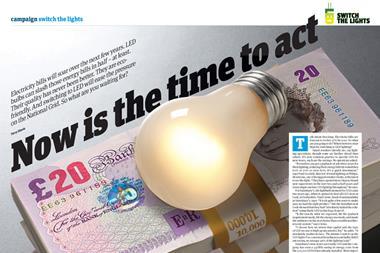




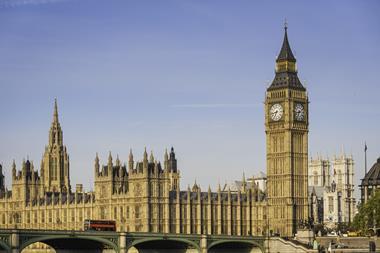
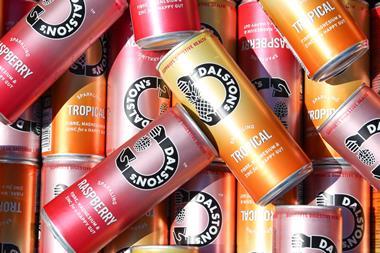

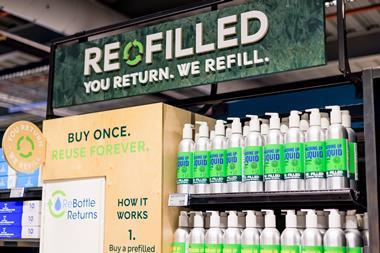


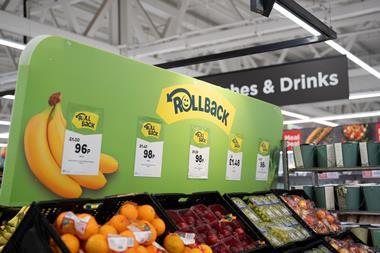
No comments yet